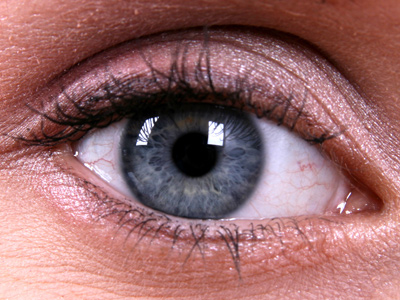
Science - All About the Eyes!
As you did in the Spanish Easy Review quiz series, it is now time to turn your Spanish studies over to some science quizzes. The quizzes are designed to go along with your regular science classes. Therefore, there will be no new information to learn. There will only be new vocabulary words to help you say in Spanish what you have learned in English. In this case, this Spanish Medium Review quiz will look at the science of learning all about the eyes. As you may recall, the Spanish word for eye is ojo.
If you have taken the GRADE 7, Science – Basic Anatomy: The Eye quiz, then you learned the following about the eye.
Ready for more?
not all...
quizzers. Try to win a coveted spot on our Hall of Fame Page.







